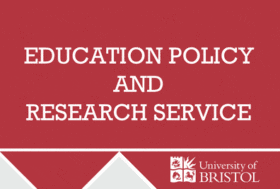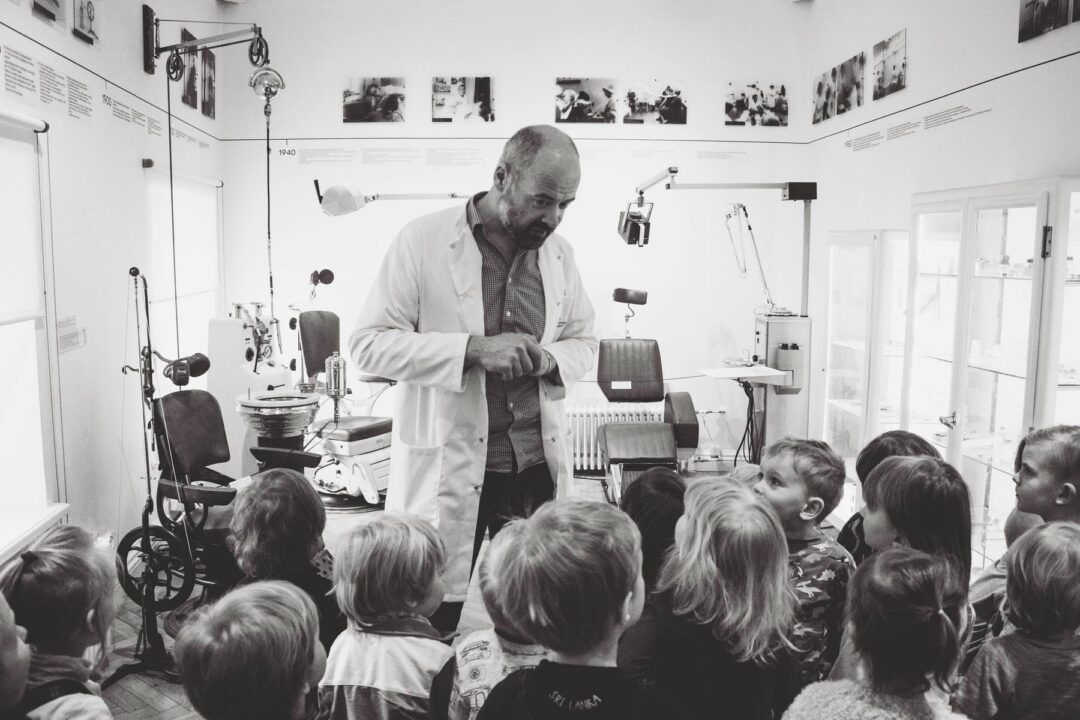Play and creativity in secondary schools


This research review was produced as part of a project funded by The Comino Foundation.
According to the Centre for Research on Play in Education, Development, and Learning (PEDAL) at the University of Cambridge, most students beyond early childhood age do not currently have the opportunity to learn playfully in school. However, evidence suggests that learning through play can support a wide range of intended educational outcomes beyond the preschool years, including academic achievement, student engagement, inclusion and the development of holistic skills such as creative thinking, problem solving and socio-emotional learning (Parker et al., 2022). The focus on educating the whole child is a central component of learning through play (Allee-Herndon and Roberts, 2020). Whilst a wide range of educational outcomes may be supported through play, this review specifically focuses on the link between play and creativity in secondary schools.
Defining learning through play
Parker et al. (2022) argue that there is a continuing lack of consensus and clarity surrounding the definition and role of learning through play at school. Play itself is a complex phenomenon that is difficult to define (Zosh et al., 2018). A scoping review (n=124) of learning through play with children aged between 6-12 years identified several pedagogies that align closely with learning through play, all of which derive from the same constructivist learning theories: ‘active learning, cooperative and collaborative learning, experiential learning, guided discovery learning, inquiry-based learning, problem-based learning, project-based learning, and Montessori education’ (Parker and Thomsen, 2019, p. 25). This diversity has led to further confusion because terms such as ‘active learning’ are sometimes used synonymously with learning through play to achieve legitimacy in academic classrooms (Mawtus, 2021).
In response to this lack of clarity and consensus, Parker et al. (2022, p.3) have proposed the following expanded definition of learning through play at school based on the science of learning:
- Children develop holistic skills by interacting with people, objects and representations (Department of Education and Training, 2016) in actively engaging, joyful, iterative, meaningful and socially interactive experiences (Zosh et al., 2017).
- Experiences are designed and facilitated to make effective use of available resources and integrate child-led, teacher-guided, and teacher-led opportunities (Marbina et al., 2011).
This definition recognises that learning through play can occur in different ways, with adults and children occupying different roles during child-led, teacher-guided or teacher-led opportunities. Furthermore, the design of playful learning experiences typically include activities and questions that are relevant and meaningful for children, integrating concepts and skills with children’s interests and experiences (Parker et al., 2022).
The definition also recognises that playful learning is a subjective experience because it involves feelings such as joy. What is experienced as joyful will be different for different people. However, at the same time, there are observable behaviours (such as smiling and laughing, for example) that may be consistently associated with learning through play. So rather than asking ‘what does playful learning involve?’, it may be more appropriate to ask ‘what does playful learning look like and feel like?’ (Mardell, 2022).
Play and creativity at Key Stage 3
Whilst learning through play is associated with high quality early childhood education practice and research (Wall et al., 2015; Nilsson et al., 2018), research exploring learning through play in school for children beyond age five is limited (Howard, 2010; Jay and Knaus, 2018). Seeking to address this research gap, Mawtus (2021) explored the link between creativity and play in Key Stage 3 students (11-14 years), measuring creativity using a pre- and post-creativity thinking test. Developing a hybrid approach termed Personalised Playful Pedagogy (PPP) that is based on the key principles of engagement, flow and agency, the research provides evidence that play as a learning medium can be used to enhance creativity whilst also supporting academic learning in English. PPP is an approach to planning in which existing lessons are adapted by adding personalisation and playful components to the learning process. Students are presented with a menu of different options that all centre around the learning objective for the lesson. Students are given the opportunity to select the most appropriate for their ability, meaning that they have control over the method of demonstrating their learning. In practical terms, teacher workload was not found to be negatively impacted by this approach as it is designed to adapt tasks and strategies that teachers already employ, making it particularly effective for mixed ability groups.
Playful learning also looks different in different cultural contexts. In the Nordic countries it is more common for students to learn through play (Fleer et al., 2021). For example, the International School of Billund (ISB) in Denmark for children aged 3-16 places play at the heart of its curriculum:
At ISB we believe play is a core approach to learning…and to life. Playful people of all ages are actively engaged and driven by an internal desire to understand and reshape the world. They test the limits of their abilities without fear of failure, knowing that mistakes are the key to progress and, ultimately, success. They share ideas and make new rules. They laugh.
At ISB we believe that by creating a culture of playful learning—by consciously introducing elements of choice, wonder and delight into the classroom—we are nurturing the qualities that will carry our students not only to their next educational destinations, but through life. No matter the paths they choose, ISB graduates will seek knowledge, take risks and care for one another. They will play, and they will learn. (taken from the ISB website)
Whilst there is a clear need for further research into learning through play amongst Key Stage 3 students, Parker et al. (2022) argue that there is also an underlying need for stakeholders at all levels — research, policy, system and school — to achieve consensus around the intended outcomes of education. We first need to achieve clarity over what knowledge, skills, values and behaviours that education aims to foster before we can decide how to best facilitate and measure those outcomes. Learning through play may be an effective means of supporting a wide range of intended educational outcomes (including, but not limited to, creativity) at Key Stage 3, but we first need to agree what the intended outcomes of learning are for this important stage of children’s educational careers.
Resources to support playful learning
In 2015, the Pedagogy of Play research project at Harvard University began investigating the nature of playful learning in schools. Funded by the LEGO Foundation, the website includes links to an Educator Toolbox that includes an overview of playful learning practices and strategies and tools appropriate for all ages and contexts. Examples include creating a culture of collaborative learning and risk-taking in your classroom and ideas for storytelling and story acting for older learners.
Reflection questions
- What does playful learning look like and feel like within the context and purpose of different lessons?
- How can you set up the conditions where playful learning thrives?
- What is the impact of the different facilitation approaches (child-led, teacher-guided, and teacher-led opportunities) on student experience and learning outcomes?
- How can you reliably measure those outcomes?
References
- Allee-Herndon KA and Roberts SK (2020) The Power of Purposeful Play in Primary Grades: adjusting Pedagogy for Children’s Needs and Academic Gains. Journal of Education 201(1): 54–63.
- Department of Education and Training (2016) Victorian Early Years Learning and Development Framework (VEYLDF): For all children from birth to eight years. Available at: https://www.education.vic.gov.au/Documents/childhood/providers/edcare/veyldframework.pdf (accessed 10 April 2024).
- Fleer M, Hedegaard M, Ødegaard EE et al. (2021) Studies of Exploration in Education: Cultures of Play and Learning in Transition. London: Bloomsbury Academic.
- Howard J (2010) Early years practitioners’ perceptions of play: An exploration of theoretical understanding, planning and involvement, confidence and barriers to practice. Education and Child Psychology 27: 91–102.
- Jay JA and Knaus M (2018) Embedding Play-Based Learning into Junior Primary (Year 1 and 2) Curriculum in WA. Australian Journal of Teacher Education 43(1): 112–126.
- Mardell B (2022) Pedagogy of Play: What Playful Learning Involves (And Why It Is Important). PEDAL Play Conference, Cambridge, 8 September, 2022. Available at: https://www.pedalhub.net/resource-library/resource/item/pedagogy-of-play-what-playful-learning-involves-and-why-it-is-important/ (accessed 10 April 2024).
- Mardell B, Wilson D, Ryan J et al. (2016) Towards a Pedagogy of Play. Harvard, MA: Harvard University. Available at: https://pz.harvard.edu/sites/default/files/Towards%20a%20Pedagogy%20of%20Play.pdf (accessed 15 April 2024).
- Marbina L, Church A and Tayler C (2011) Victorian Early Years Learning and Development Framework: Evidence paper: Practice principle 6: Integrated teaching and learning approaches. Parkville: University of Melbourne. Available at: https://www.education.vic.gov.au/Documents/childhood/providers/edcare/eviintegteac.pdf (accessed 15 April 2024).
- Mawtus B (2021) Rekindling Creativity in the Key Stage Three Classroom: Theory and Personalised Playful Practice. Doctoral Thesis. Available at: https://research.edgehill.ac.uk/ws/portalfiles/portal/37953057/Bridget_Mawtus_Thesis.pdf (accessed 15 April 2024).
- Nilsson M, Ferholt B and Lecusay R (2018) 'The playing-exploring child': Reconceptualizing the relationship between play and learning in early childhood education. Contemporary Issues in Early Childhood 19(3): 231–245.
- Parker R and Thomsen BS (2019) Learning through play at school: A study of playful integrated pedagogies that foster children’s holistic skills development in the primary school classroom. Billund: LEGO Foundation. Available at: https://cms.learningthroughplay.com/media/nihnouvc/learning-through-play-school.pdf (accessed 15 April 2024).
- Parker R, Thomsen BS and Berry A (2022) Learning Through Play at School – A Framework for Policy and Practice. Frontiers in Education 7: 751801.
- Wall S, Litjens I and Taguman M (2015) Pedagogy in early childhood education and care (ECEC): an international comparative study of approaches and policies: Research brief. London: Department for Education. Available at: https://assets.publishing.service.gov.uk/media/5a7f9ae4e5274a2e87db6dbc/RB400_-_Early_years_pedagogy_and_policy_an_international_study.pdf (accessed 15 April 2024).
- Zosh JM, Hirsh-Pasek K, Hopkins EJ et al. (2018) Accessing the Inaccessible: Redefining Play as a Spectrum. Frontiers in Psychology 9: 1124.
- Zosh JM, Hopkins EJ, Jensen H et al. (2017). Learning through play: a review of the evidence. Denmark: LEGO Foundation. Available at: https://cms.learningthroughplay.com/media/wmtlmbe0/learning-through-play_web.pdf (accessed 15 April 2024).







